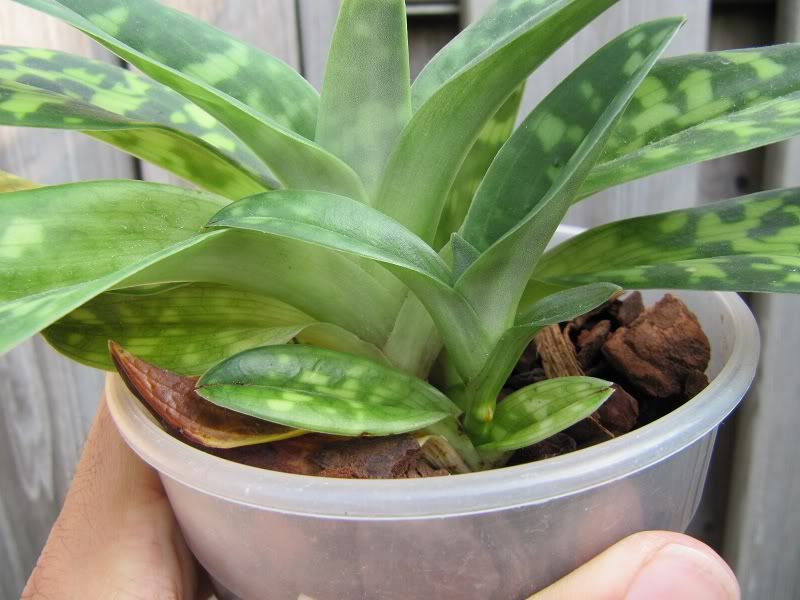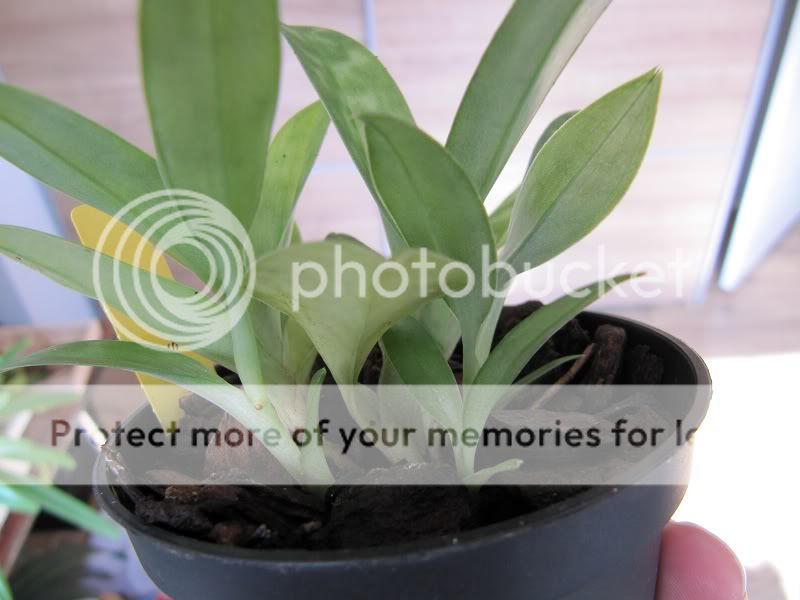M
Marc
Guest
I have two Paphs in my collections of which various new growth are growing upwards on very slenders growths. They try to make new roots along the way but these tend to turn brown / black very fast as I'm growing indoors and humidity is quite low.
Paph. lawrencianum:

Paph. sukhakulii:

Is this a normal trait for these species? They both belong to the Sigmatopetalum subgenus. Or can it have something to do with my culture? Is there any specific I should do with these growths?
Paph. lawrencianum:

Paph. sukhakulii:

Is this a normal trait for these species? They both belong to the Sigmatopetalum subgenus. Or can it have something to do with my culture? Is there any specific I should do with these growths?



